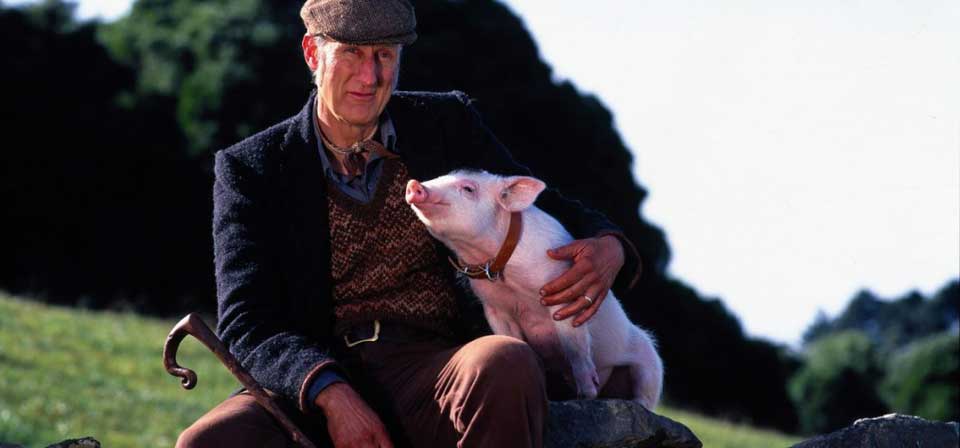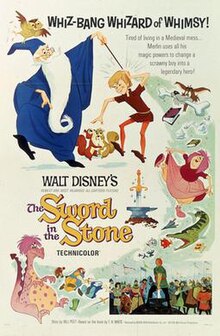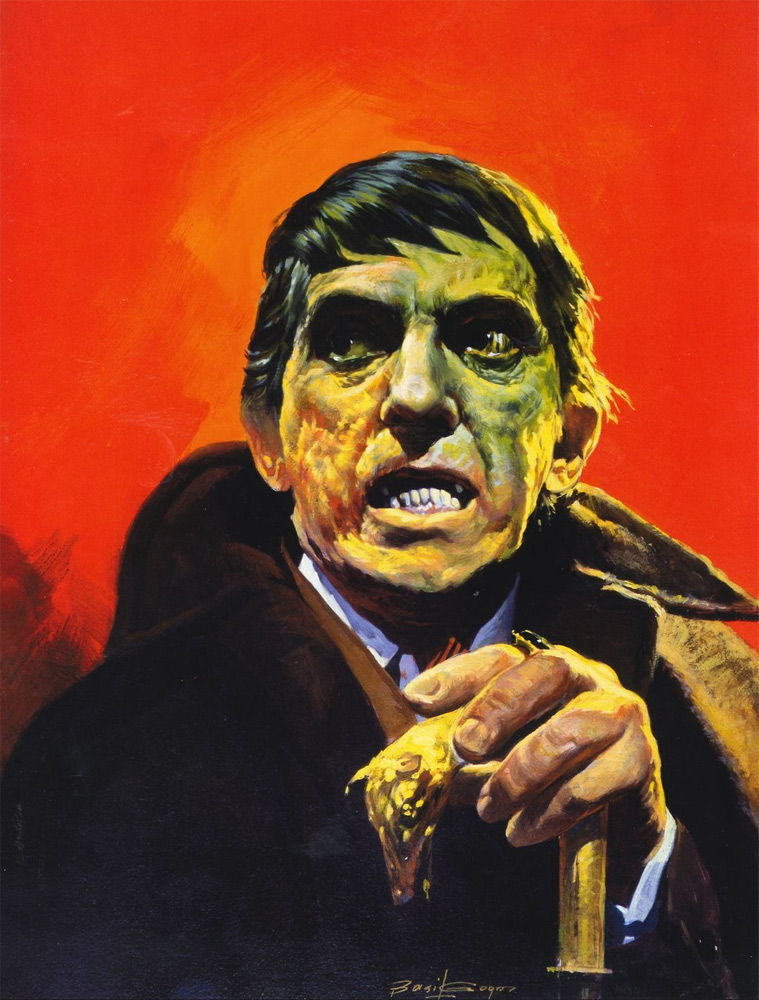Back in the days shortly after the death of Unther Pendragon, King of England, there appeared in London a magic sword protruding upright from the center of an anvil. It bears an inscription proclaiming that whosoever shall remove the sword from the stone would be crowned the new king of England.
Young Arthur (aka Wart) is an orphan who was raised in Sir Ector's castle. Sir Ector's son, Sir Kay, desires to venture to London to joust in the countrywide competition shortly before Christmas Day. Arthur aspires to be this knight's squire, but while on a hunting trip in the woods with Sir Kay, he falls into the hut of the wizard, Merlin. This kindly old man can see the future as well as the past and, knowing the young lad is fated to draw the sword from the stone, decides to take Arthur under his wing and "give him an education" prior to his crowning as the illustrious King Arthur. With the help of Archimedes the Owl, Merlin teaches Arthur to believe in himself and to use wits over brawn.
The Sword in the Stone is a delightful animated feature from Walt Disney Studios. It features an amnesiac "whiz-bang whizard of whimsy", an engaging young hero and, in place of the usual villain, there is Madam Mim, a rival to Merlin.

The story is based on the Arthurian novels of T.H White's known as "The Once and Future King" series. Walt Disney enjoyed the first book - "The Sword in the Stone" - and purchased the film rights to it the same year it was published: 1938. Unfortunately, the project was not picked up until 1949 when some preliminary storyboards were created. Then there was another long hiatus before story artist Bill Peet re-worked it into this film.
While this version of The Sword in the Stone is entertaining, it would have benefited greatly from having a stronger villain, some character in the vein of Maleficent ....preferably Morgan le Fay or Vivien, the enchantress who proved to be Merlin's downfall. Madam Mim is an unworthy opponent to both Merlin and Arthur while Sir Ector and his son Sir Kay are more comical than villainous.

Like 101 Dalmations released two years earlier, The Sword in the Stone implemented Disney's time-saving process of xeroxing the animation cels instead of retracing each cel. Because the Xerox copy machines were only capable of black lines, all of the lines around the figures were inked in black. Some critics feel this technique made the films look inferior to Disney's animated pictures of previous years but, personally, I liked the look.
Richard and Robert Sherman penned some linguistically clever - albeit forgetful - tunes to The Sword in the Stone, including the delightful "Higitus Figitus", sung by Merlin.

The Sword in the Stone was released in theaters on Christmas Day in 1963 and proved to be a box-office smash, reaping in nearly $20 million dollars in profit.




































































